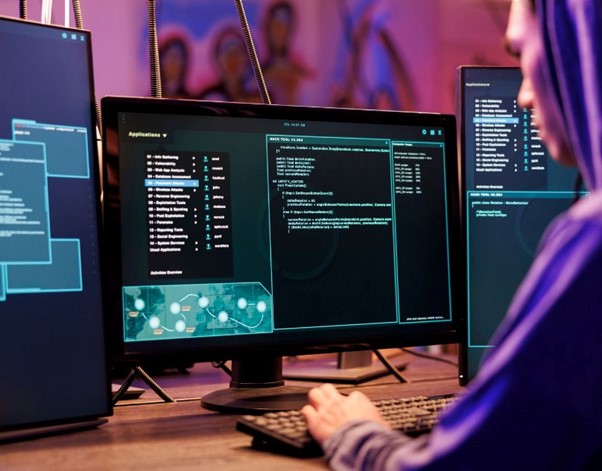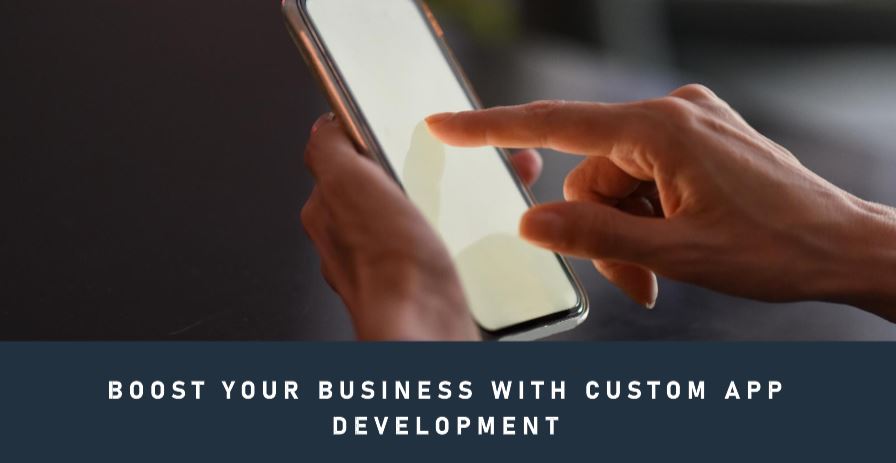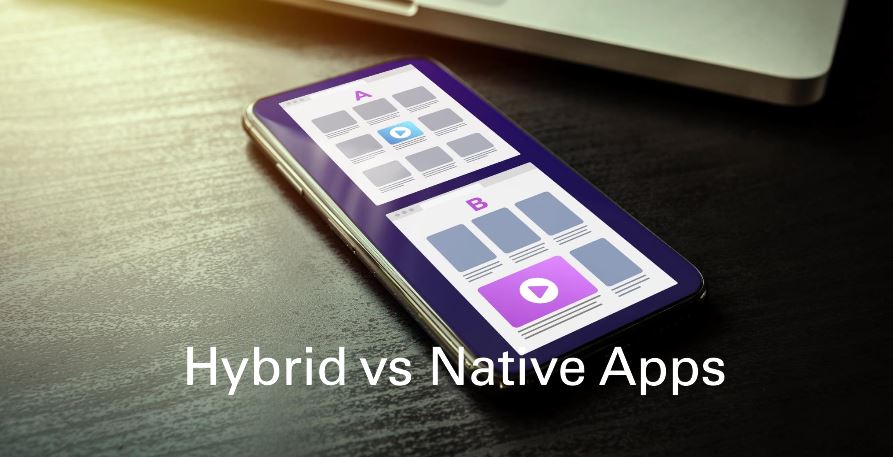The landscape of facility management is undergoing a quiet revolution—one that is driven not by manual protocols or clipboard inspections but by connected devices, data, and automation. The Internet of Things (IoT) is emerging as a critical asset in how commercial buildings, campuses, and industrial sites are managed. The goal is no longer just keeping things operational, but making them smart, adaptive, and efficient.
As the complexity of managing multiple systems within facilities grows—from HVAC and lighting to security and sanitation—facility managers are turning to IoT not simply as a technology upgrade, but as a strategic transformation tool. Whether it’s reducing operational costs, enhancing occupant comfort, or improving sustainability metrics, the adoption of IoT in facility management is rewriting the rules of what’s possible.
This comprehensive guide explores the impact IoT is having on the facility management sector, including real-world applications, how the software ecosystem functions, benefits, and how businesses can develop their own IoT-powered solutions.
Understanding IoT in the Context of Facility Management
IoT in facility management refers to a network of physical devices—sensors, meters, actuators, and smart equipment—embedded across a facility to monitor, report, and sometimes automate the control of building systems. These devices communicate in real time with centralized software platforms to offer visibility, insights, and automated control.
This digital nervous system connects a facility’s lighting, climate systems, energy meters, fire alarms, elevators, access controls, and more into one cohesive, data-driven infrastructure.
Where traditional facility operations rely heavily on routine checks and manual interventions, IoT introduces intelligence. It empowers facility managers with actionable data, alerts, and automation that are both preventive and predictive.
Key Benefits of IoT in Facility Operations
The value of IoT in facility management extends far beyond convenience. It offers tangible business outcomes that can significantly improve operational performance and cost efficiency.
Predictive Maintenance Over Reactive Repairs
IoT sensors track performance metrics of equipment like HVAC units or industrial pumps. By analyzing trends such as vibration, power usage, or fluid pressure, the system can flag anomalies before they turn into failures. This allows for scheduled maintenance, reducing downtime and emergency repair costs.
Energy Efficiency and Cost Reduction
Smart meters and sensors provide granular visibility into energy consumption by device, floor, or zone. These insights enable facility managers to optimize usage—automatically dimming lights in unoccupied rooms or adjusting temperature based on real-time occupancy levels. The result is lower utility bills and smaller carbon footprints.
Real-Time Monitoring and Control
IoT allows centralized monitoring of dispersed systems. A facility manager can remotely check the status of boilers, lighting, or entry points across multiple locations from a single dashboard and make real-time adjustments when necessary.
Enhanced Occupant Comfort and Productivity
Environmental sensors detect temperature, humidity, air quality, and lighting levels. The system can adjust HVAC and lighting to maintain ideal indoor conditions, improving comfort and, indirectly, employee productivity.
Improved Asset Utilization
With IoT-enabled usage data, businesses can make better decisions on room bookings, equipment deployment, and resource allocation. Meeting rooms, for example, can be scheduled based on actual usage patterns rather than assumptions.
Increased Safety and Compliance
IoT can enhance fire detection, monitor water leaks, ensure emergency exits are accessible, and even track indoor air quality levels to meet OSHA or local compliance standards. The system can trigger alerts or even corrective actions autonomously.
How IoT Facility Management Software Works
IoT software acts as the command center of the entire connected infrastructure. It receives data from smart devices, processes that data through analytics engines, and delivers actionable insights through a user interface.
Data Capture from Devices
Sensors deployed across the facility collect data points such as motion, temperature, CO2 levels, voltage, or machine vibrations. This raw data is transmitted wirelessly through protocols like Zigbee, LoRa, Wi-Fi, or NB-IoT.
Communication and Edge Processing
Data from devices is aggregated at the edge via gateways or sent directly to cloud platforms. In some cases, edge computing is used to perform real-time analytics locally, reducing latency and bandwidth usage.
Cloud-Based Analytics
Once in the cloud, the data is processed by algorithms that identify trends, detect anomalies, and generate forecasts. This could include identifying energy wastage, predicting system faults, or alerting facility teams to air quality thresholds being crossed.
Centralized Dashboard Interface
All insights, device statuses, and controls are made accessible through a web-based or mobile dashboard. Facility teams can view historical data, receive alerts, configure automation rules, and issue remote commands from anywhere.
Automation and Integration
Rules-based engines can trigger automated actions. For example, if occupancy sensors detect that a floor is empty after hours, the system could turn off all lighting and reduce HVAC output. Integration with Building Management Systems (BMS) or Enterprise Resource Planning (ERP) tools further enhances automation potential.
How to Develop IoT Software for Facility Management
The process of developing IoT software for facility management is multi-faceted and must be tailored to the specific needs and infrastructure of each business. Partnering with a provider of Custom IOT software development solutions is often the most effective route, especially for mid-size to enterprise-level organizations with unique operational demands.
Start with Problem Definition
The development process begins with identifying the core problems that IoT should solve. Is the goal to reduce energy costs, improve uptime, optimize space, or meet compliance standards? These objectives will shape the design of both the software and the IoT ecosystem.
Assess Facility Infrastructure
Evaluate the current state of building systems and assets. Identify which devices can be retrofitted with sensors and where new hardware is needed. Determine the range, connectivity, and energy constraints for different areas.
Select the Right Devices and Protocols
Choose sensors and actuators that match the data points you want to track—motion, temperature, pressure, etc. The communication protocol must support reliability and range depending on the building size and network conditions.
Architect the Backend
The backend software must handle data ingestion, device management, analytics, and security. Common backend stacks include Node.js, Python, or Go, paired with cloud services from AWS, Azure, or Google Cloud.
Device management features such as onboarding, authentication, and remote firmware updates are critical for maintaining a scalable system.
Design Intuitive Dashboards
The frontend should provide actionable insights in a visual and digestible format. Design dashboards for different user roles—facilities managers, maintenance staff, or executives—and prioritize usability, responsiveness, and customization.
Ensure Security and Compliance
Implement multi-layered security including TLS encryption, device authentication, user access control, and secure OTA updates. Also, align with data privacy and safety regulations relevant to your industry.
Integrate with Existing Systems
For large buildings and campuses, your software will likely need to integrate with existing BMS, access control systems, and even HR or security systems. Use standard APIs and middleware to enable interoperability.
Pilot, Test, and Scale
Begin with a pilot deployment in a single area or system. Gather feedback, observe performance, and make necessary adjustments. Once validated, scale gradually across the facility or multiple buildings.
Real-World Use Cases in Facility Management
Airports
Major international airports use IoT to monitor escalator operations, lighting in concourses, HVAC conditions in terminals, and passenger movement. Sensors automate climate control based on occupancy, ensuring passenger comfort while reducing energy use.
Hospitals
In medical facilities, IoT systems manage cleanroom air quality, refrigeration temperatures for medications, and operating room climate control. IoT also supports compliance by logging maintenance activities and equipment performance.
Universities and Schools
Campuses deploy occupancy sensors in classrooms, libraries, and labs to manage lighting and HVAC dynamically. This saves money during holidays and late hours while maintaining comfort during peak usage.
Corporate Office Spaces
Companies use IoT to optimize energy consumption, enable smart meeting room booking, and ensure indoor air quality for employee wellness. Space utilization data informs decisions on reconfiguring office layouts or reducing leases.
Manufacturing Plants
Factories deploy IoT not only on production equipment but also across facility infrastructure. Real-time vibration monitoring, utility usage tracking, and safety alerts improve operational integrity and reduce energy waste.
Final Thoughts
The integration of IoT into facility management is no longer experimental—it’s fast becoming a standard for forward-thinking organizations. With growing expectations around sustainability, comfort, and automation, connected facility systems offer a decisive advantage.
By developing tailored software powered by real-time data and smart analytics, businesses can reduce costs, improve service levels, and make better-informed decisions. The move from reactive to predictive operations is not just a technological shift—it’s a strategic one.
For facility leaders ready to modernize operations and build resilient, data-driven environments, investing in Custom IOT development solutions is a smart and future-proof choice. The path to intelligent facilities begins not with a device, but with a vision—and the right development partner to bring it to life.




